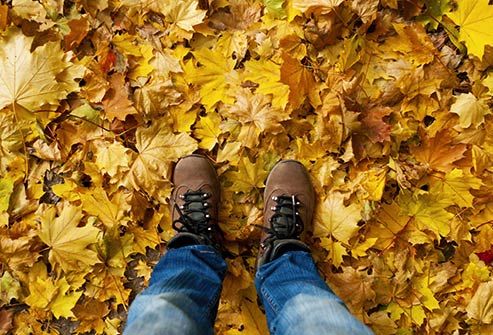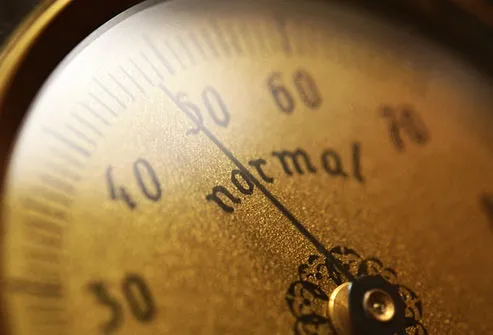10 Ways to Reduce Mold Allergies

Track the Numbers
If you're allergic to mold, you may feel like you’re fighting a losing battle. Mold thrives in so many places, indoors and out. But you can take steps to limit your exposure. Pay attention to outdoor spore levels. When they’re high, don’t spend as much time outside. The National Allergy Bureau sends out email alerts to help you keep track.
Swipe to advance

2
/
10
Think Before You Go
Mold is more likely to be in certain types of stores and businesses. Examples include greenhouses, farms, flower shops, construction sites, and antique shops. Before you go in, take your allergy medication or bring a dust mask.
Swipe to advance

3
/
10
Know What to Avoid
Uncut fields and piles of damp leaves are prime places for mold. Stay away if you can. If you need to mow the lawn, dig up plants, or rake leaves, wear a dust mask. When you come back inside, take a shower to wash away any mold spores that hitched a ride on your skin and hair.
Swipe to advance

4
/
10
Take the Moisture Out
Make your home less mold-friendly. The key is to control the amount of moisture in the air. Dehumidifiers and air conditioners will help. The humidity needs to be below 60%. Between 35% and 50% is even better. You can buy an inexpensive meter to measure your home's humidity at a hardware store.
Swipe to advance

5
/
10
Keep It Clean
Mold can thrive in warm, damp bathrooms and humid kitchens. A clean surface isn't a breeding ground, but those with a little soap scum or grease are. An exhaust fan or open window in the bathroom will help cut down on humidity. In the kitchen, keep an eye out for mold in refrigerator drip pans, door seals, and garbage pails.
Swipe to advance

6
/
10
Check Your Basement
A damp cellar can be a moldy place. Lower the humidity by turning up the thermostat or running a dehumidifier. Choose flooring such as linoleum or concrete that doesn’t hold in moisture. And take a look at what you’re storing down there: Mold can grow on old papers, bedding, and clothes. Keep things in air-tight, water-proof containers, so mold can't sneak in.
Swipe to advance

7
/
10
Get the Mold Out
If you spot mold on a hard surface in your home such as glass, plastic, or tile, clean it using a bleach solution, soap and water, or a commercial product. Still, it's not enough to just clean it. You need to find the source of it to keep it from happening again. For mold on drywall, you might want to get professional advice.
Swipe to advance

8
/
10
Filter Your Air
An air-conditioning unit with a high-efficiency particulate air (HEPA) filter attachment will trap outdoor mold spores and keep them out of your house. It’s also important to keep AC drip pans and drain lines clean so that mold can’t grow in them. Make sure your dryer vents are clear as well.
Swipe to advance

9
/
10
Act Fast
Quick action pays off. If a leak or spill leaves the rug wet, dry it within 48 hours to keep mold from growing. Mop water off the floor and fix leaky pipes and faucets right away. Do your gutters need cleaning? Don't delay. The moist leaves inside are a breeding ground.
Swipe to advance

10
/
10
Check Your Landscape
Do everything you can to keep your home’s foundation dry. Rake dead leaves from around the base of your home. You might also want to clear out thicker shrubs and plants from that area. Make sure rainwater drains away quickly from your house. These steps are extra-important if you live in a shady spot, since a lack of sun means it takes longer for water to dry out.
Swipe to advance
- Get link
- X
- Other Apps